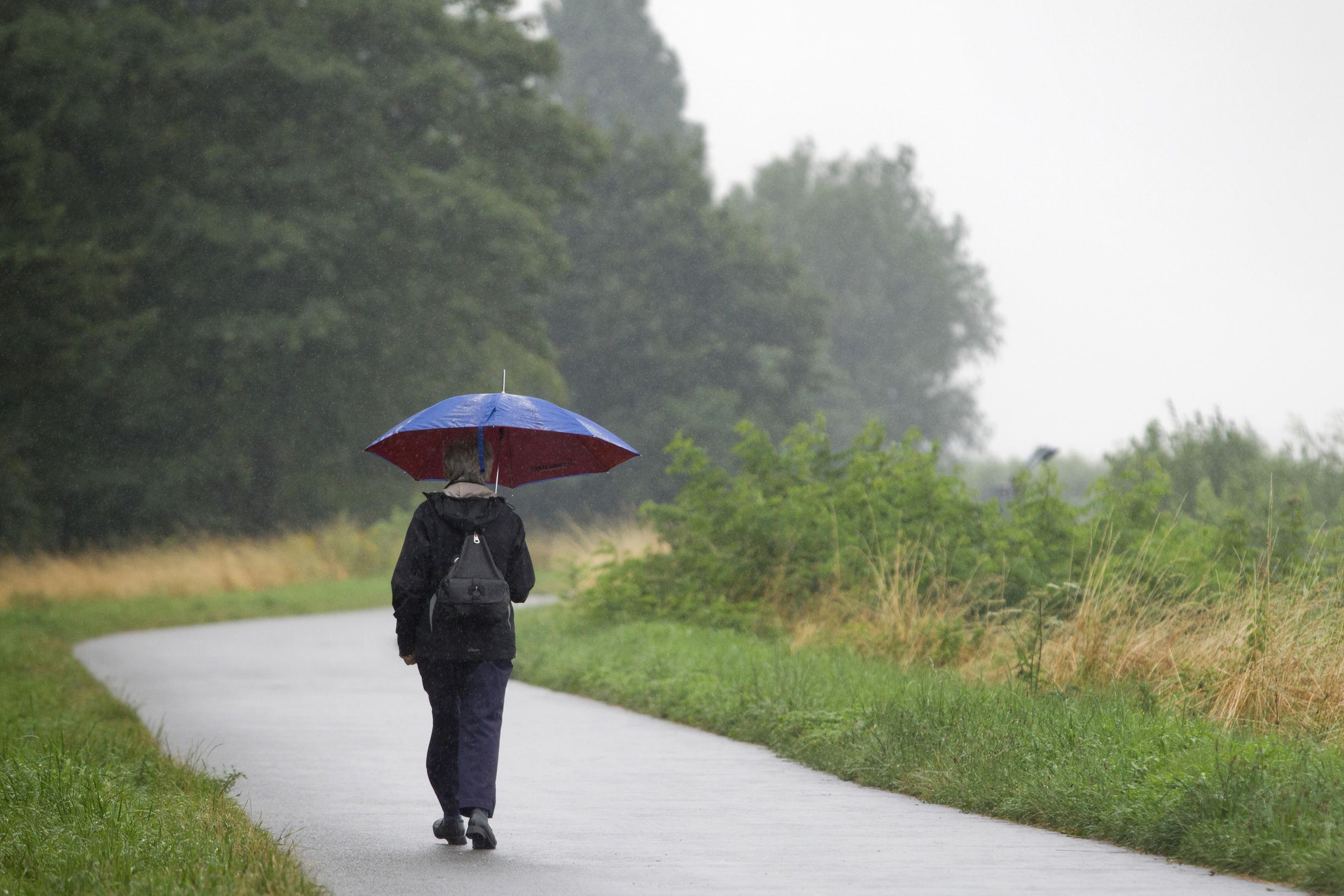How to deal with the sharp increase in the number of dependent people? In 2050, there will be 165,000 people over the age of 75 in Seine-Saint-Denis, which is double today. And the question of home support is at the heart of discussions to anticipate these demographic upheavals, knowing that the supply of places in medico-social establishments in the department is the lowest in Île-de-France: 14.7 per 100 dependent elderly people, compared to 19.6 for the region as a whole.
Since this year, the social security financing law has made it possible to pay a new subsidy, shared living assistance (AVP). Seine-Saint-Denis is the first Ile-de-France department to take it over.
This device is intended for people over 65 years of age or with disabilities, who can receive up to 10,000 euros in aid if they move into a shared flat or accommodation with access to a common room where activities will be organized. The AVP will be used in particular to finance the project of life in society.
Halfway between home care and retirement homes, here is the inclusive habitat. So-called autonomy or service residences are not taken into account, the former because they are considered as medico-social establishments, the latter because they include a commercial dimension. The AVP, partly paid by the National Solidarity Fund for Autonomy, will be added to the personalized autonomy allowance or the disability compensation benefit.
“We know that more than 90% of people want to live as long as possible at home and die there,” say Clotilde Cottineau, director of autonomy in the department, and Théo Petton, project manager. But the social life part was not funded until now. However, studies show that isolation is one of the aggravating factors of the loss of autonomy. The AVP will finance a post of animation, coordination, living together, supported by an association. “
A little more than 200 people could benefit from it by 2024
In rural areas, in the Creuse or in the Landes, inclusive housing, which already exists for people with disabilities, allows several people to be grouped together in a large gîte, explains Clotilde Cottineau. In Seine-Saint-Denis, “we tend to think of large housing estates, where everyone is isolated in their apartment,” she continues. We can develop life projects in society. In the social park, there are often premises on the ground floor that could be used. The important thing is that it is very accessible and that people can pass often. “
The Department estimates that a little more than 200 people could benefit from the AVP by 2024. “This aid subsidizes the functioning of inclusive housing,” continues the director of autonomy. Our difficulty is to find project leaders. »Social landlords could be his potential partners.
One of them, Vilogia, has started to work on the establishment of inclusive habitats in his social park. This is happening in Sevran, within the Masaryk residence, concerned by a rehabilitation operation carried out by the National Agency for Urban Renovation. On the ground floor, 14 apartments will be adapted to tenants with disabilities or dependency.
“And we plan to create an independent third place on part of the ground floor,” explains Sabrina Ayelo, urban renewal project manager at Meta, Vilogia’s partner organization. The inhabitants of adapted housing will be able to benefit from a convivial space within this third place. It will be led by a coordinator. Sabrina Ayelo hopes to form the group of tenants concerned in 2022. This project could be among the first to benefit from assisted living.
–


